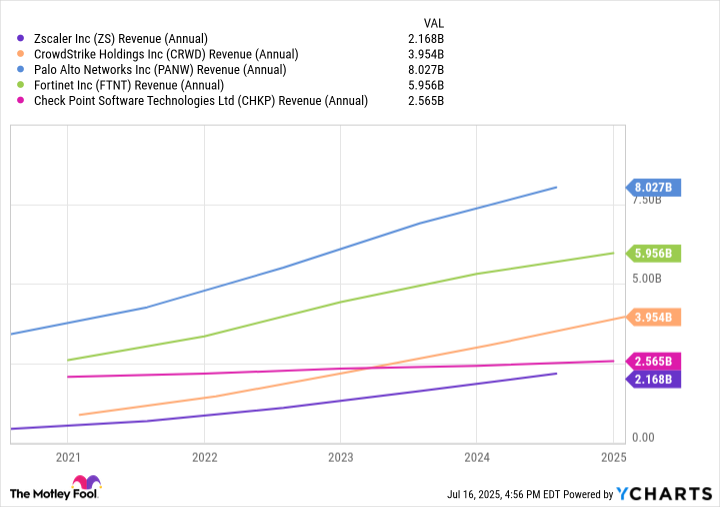
It’s coming. You can smell it in the data streams, the frantic updates, the sheer, panicked weight of digital currency humming like a swarm of angry bees. Cybersecurity. They call it an ‘investment’. I call it a lifeboat, and the waters are getting rough. Statista, bless their numbers-crunching souls, forecasts $196.51 billion this year, ramping up to $262.29 billion by 2030. A CAGR of nearly 6%. Figures. Figures don’t account for the screaming.
Corporations, naturally, are scrambling. State-sponsored cyberattacks — the new Cold War, waged not with nukes, but with lines of code—it’s a terrifying prospect, isn’t it? And the little people, us, clinging to our digital scraps of identity, financial records, half-remembered passwords… it’s all vulnerable. Deliciously vulnerable. But also ripe for exploitation – and a future of brutal protection.
Нужна вдумчивая аналитика макроэкономики? Подписывайся на канал ТопМоб, чтобы не пропустить разворот рынка!
Подписаться сейчас!Everyone wants a piece of this action. Everyone shouting about the «obvious» plays. But the obvious is rarely where the real money *is*. So, let’s bypass the hype, the breathless pronouncements, and stare into the digital abyss. My picks? A jarring, improbable trinity: International Business Machines (IBM), Microsoft (MSFT), and the wired-up hounds at CrowdStrike (CRWD). Don’t ask me why. Just trust me. For now.
IBM: The Graybeard with a Razor
IBM. A name that conjures images of punch cards, endless corridors, and the ghost of Thomas J. Watson. A dinosaur…or is it? They say they’re reinventing themselves – cloud computing, AI, consulting. The usual spiel. But beneath the surface… there’s something resilient, something *massive*. They built the mainframe, you see. The bedrock of the financial world, the steel girders of corporate data. Eighty-one percent of the mainframe market? Fortress-like, protected against digital incursions. Even when parts fall off, the whole beast still lumbers on. A reassuring thought when the black hats are circling. A legacy of processing power and, more importantly, cyber-fortitude, proving that old dogs *can* learn new tricks. But at what price? That is the question.
They’re pushing AI-powered cybersecurity. Security consulting. It’s all part of the grand deception — a carefully orchestrated dance to lure in the naive and extract capital. But they have the scale, the resources, the chillingly efficient bureaucracy to actually *deliver*. Don’t underestimate the old guard. They’re always watching, always calculating.
Microsoft: The Everywhere Machine
Microsoft? A sprawling, insatiable beast. Not a «pure-play» anything. That’s exactly why it’s interesting. You get the cybersecurity *and* the endless, sprawling ecosystem of everything else. Azure, Microsoft 365, Windows… it’s a digital world built by Microsoft, and increasingly, defended by it. $20 billion in cybersecurity revenue last year? That’s the combined total of FIVE of the supposed «pure-plays.» A frighteningly comprehensive stranglehold.

Zero-trust architecture. Every request, every connection, perpetually scrutinized, perpetually challenged. It’s paranoid, bordering on obsessive – and brilliant. It’s woven into the fabric of Azure, into the mundane drudgery of Microsoft 365. A moat so deep, so wide, that smaller players can only squint and wonder. They’re building a fortress around your data, whether you asked them to or not. Is it benevolent? I wouldn’t bet on it.
CrowdStrike: The Dogs of War
Now *this* is a dedicated beast. CrowdStrike. Falcon. Endpoint protection powered by AI. They’re the guys sent in when the system’s already breached. They stalk the digital shadows, sniffing out threats. They’re in the trenches, the data trenches, fighting the relentless tide of malware and zero-day exploits. Their module system—30 separate weapons—is the stroke of genius. Get ’em hooked on one, and they’ll be buying the whole arsenal before you can blink. It’s a beautiful, terrifying dependency.
Nearly half their customers using more than six modules? Twenty-two percent using *eight*? They’ve created a digital addiction. They claim a $116 billion total addressable market this year, expanding to $250 billion by 2029. That’s a staggering amount. They only booked $4 billion last year. A monstrous opportunity. A terrifying prospect for those who aren’t prepared. Let the hunting begin. 😬
Смотрите также
- Серебро прогноз
- Прогноз нефти
- Озон Фармацевтика акции прогноз. Цена OZPH
- Циан акции прогноз. Цена CNRU
- ЭсЭфАй акции прогноз. Цена SFIN
- Золото прогноз
- Банк ВТБ акции прогноз. Цена VTBR
- Сбербанк акции прогноз. Цена SBER
- Корпоративный Центр Икс 5 акции прогноз. Цена X5
- СПБ Биржа акции прогноз. Цена SPBE
2025-07-21 04:38